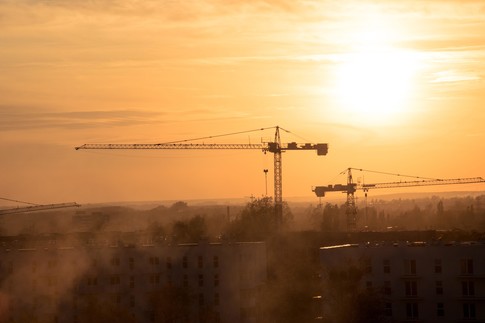 Saturday, May 18, 2024
Saturday, May 18, 2024  Saturday, May 18, 2024
Saturday, May 18, 2024 
At more than $11 trillion per year, spending related to construction is responsible for about 13% of global GDP – but in comparison to other industries, productivity and growth are lagging behind. At the same time, the impact on the environment can be illustrated, for example, by noting that the production of cement alone accounts for 8% of global CO2 emissions. The sector’s productivity and CO2 footprint are key problems that need to be addressed quickly to meet the increasing demand for construction while reducing the damage to the environment.
A key to solving both problems may very well lie within the CO2 itself.
Limitations in productivity could be addressed with the rapid and large-scale introduction of automation into the industry. Traditionally, automation has propelled productivity upwards in many industries but that is usually coupled with job losses. This will be different in a construction industry that today faces a global shortage in available labour. The introduction of automation tools enables 3D-printing of concrete materials, better prefabrication of building modules, and can help assembling entire structures. Overall, this enables new building designs, with lower cost, and reduces the physical burden on construction workers, all while adding new jobs to implement and operate the tools.
While 3D printing of concrete has been pursued for some time it will benefit from advances in concrete materials to enable better printability, such as increased speed of construction while preserving structural integrity. In addition, advanced concretes must have properties such as higher mechanical stability, smart thermal behaviour, air filtration and self-repair capability. But first and foremost, in the present context, these materials need to offer better manufacturability and a better carbon footprint.